Category: motorcycle accidents

How Long Does a Motorcycle Accident Lawsuit Take in California?
In California, 3,820 people were seriously hurt or killed in motorcycle accidents in 2021. These accident victims and their families …
Read More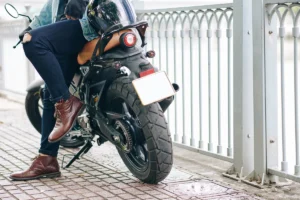
Dangers of Motorcycle Rear End Accidents
After a rear-end motorcycle accident in San Bernardino, call 911. Help anyone injured receive medical attention. Document the accident, determine …
Read More
California Helmet Law and Its Impact on Motorcycle Accident Claims
California is the number one U.S. state for motorcycle registration (802,500 in 2022). California also has a helmet law, which …
Read More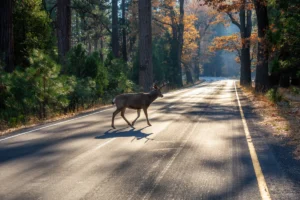
What To Do After a Motorcycle Accident with a Deer
There are thousands of deer-vehicle accidents each year in California. Inevitably, some of these collisions involve motorcyclists. What you do …
Read More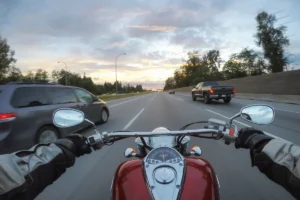
Drunk Driver Motorcycle Accidents in California
In a June 2024 accident, a driver was almost three times over the legal limit when he struck and killed …
Read More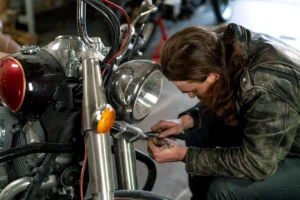
Role of Motorcycle Maintenance in Preventing Motorcycle Accidents
Motorcycle maintenance plays an important role in preventing motorcycle accidents. With a motorcycle in good condition, the operator can ride …
Read More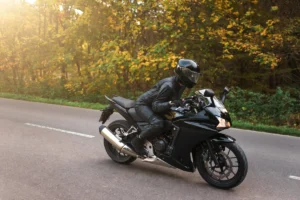
Motorcycle Accidents Due to Road Hazards in California
AAA reports that road debris may contribute to as many as 25,000 car accidents in the United States each year. …
Read More
Do You Need Uninsured Motorist Coverage in CA?
Even though there are laws that require motorists to have car insurance, many drivers still go without this coverage. Others …
Read More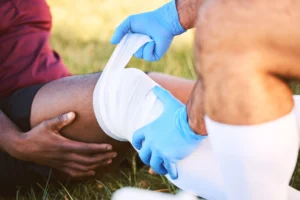
Motorcycle Accident Internal Injury Compensation
According to J.D. Power, 80% of motorcycle accidents result in injury. Many of these injuries are internal and may be …
Read More
How to Choose the Right Motorcycle Helmet
The California DMV reports that in collisions occurring at 30 miles per hour or less, a DOT-compliant motorcycle helmet may …
Read More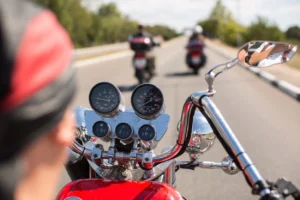
Hit and Run Motorcycle Accidents in California
Hit-and-run motorcycle accidents in California can result in criminal charges. However, criminal charges are inadequate to fairly compensate you for …
Read More
Is Lane Splitting Legal in California?
Lane splitting is legal in California. No law prohibits a motorcyclist from driving between rows of stopped or moving vehicles. …
Read More